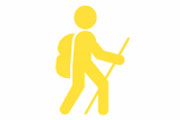Percussion Workout is a highly motivational processed experience using the energy of music and rhythm to bring together teams. It is one of the easiest ways of understanding the importance of clear and open communication resulting in easy collaborations.
Key Takeaways Of Percussion Workout
- Deconstructing collaboration at three levels:
- Personal Contribution
- Contribution within teams
- Contribution across teams
- Trusting the process and trusting the leader
- Silence adds, not subtracts
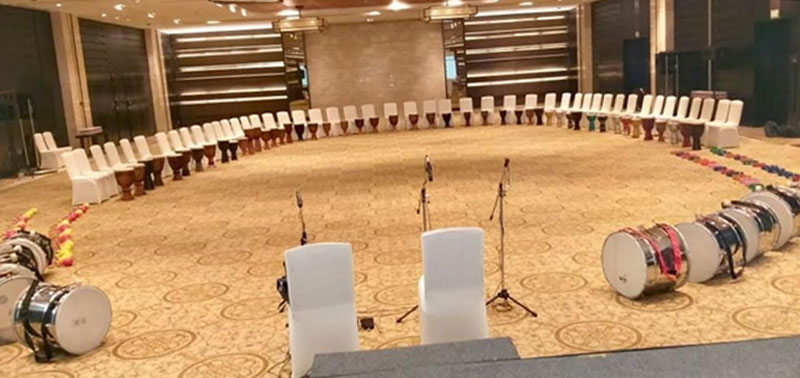
Processes in Play During the Percussion Workout
Walk-in
The participants walk into a grand set up displaying musical instruments from across the world. The instruments they will be introduced to are the African Djembe, Brazilian Surdos, Maracas as well as Tambourines.
Observation
There are certain kinds of people who are drawn to the big Brazilian Surdo’s. They are loud instruments which attract certain behavioural traits.
Safety
The participants are instructed to remove all watches, rings etc., as it may hurt them while drumming.
Cacophony
The participants are encouraged to get used to their instrument and get acquainted with it. Usually, even with the toughest of the participant groups, there is a 2-minute cacophony. The cacophony acts like an ice breaker.
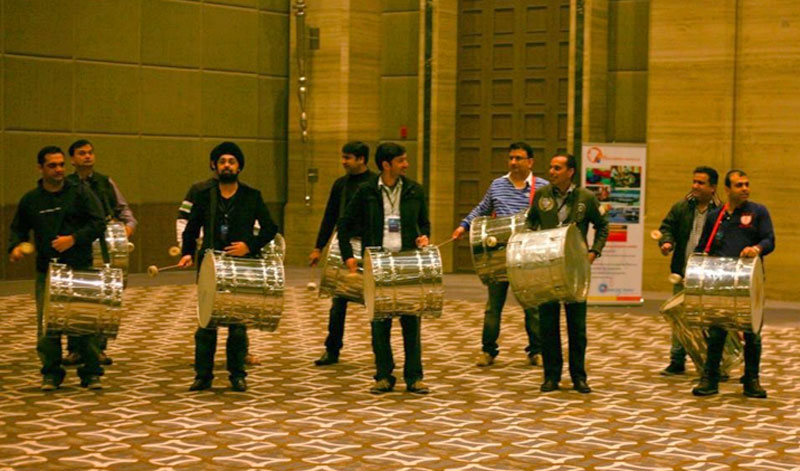
Introduction to The Process
Firstly, the participants are introduced to the instruments to familiarize themselves with the ways in which they are played. Secondly, the participants are introduced to the hand and voice signals which will be the key method of communication when the music comes together. The first two learnings of the Percussion Workout are reflected here:
- Trusting the process
- Trusting the Leader
Following the heartbeat
The notion of the Heartbeat is introduced – the most monotonous instrument. Participants vocalise the heart beat and test the hand/ vocal instructions.
Learning
- Excellence comes out of repetition.
- To collaborate, everyone needs to be in line, first.
The entire team starts responding to the hand and vocal instructions. The process is repeated a few times.
The first two deconstructs of teamwork are demonstrated here, by the team:
- Personal contribution: The participants are getting their hands on the instruments and ensuring that they are in sync and playing it properly.
- Contribution within teams: Participants start relying on their team mates to find their sync with each other.
Bringing it together
- The master facilitator works with each of the 4 groups to share a sub rhythm.
- Participants are given upto 15 minutes to choreograph and find their rhythms with the sub rhythm allotted to them.
- After the break, all participants start playing their part in unison to finally reach a crescendo.
- The third and final deconstruct of team work comes into play here:
- Contribution across teams.
Learning
- Participants observe how processes succeed
- Participants feel an active and real responsibility towards the larger outcome.
- Teams that work together, celebrate together
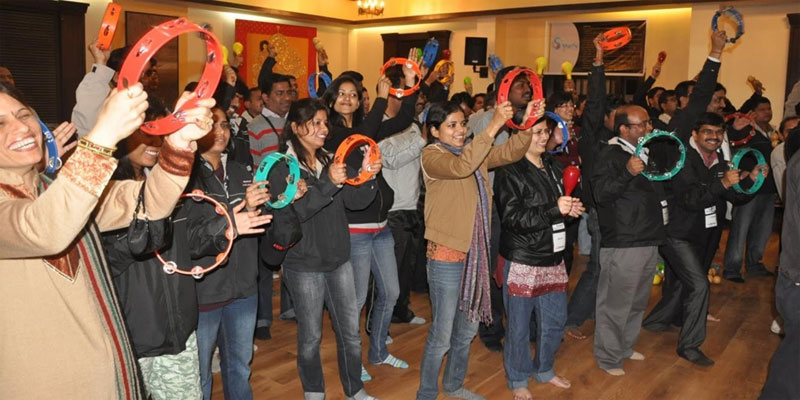
Debrief
- The success of the Percussion Workout is in the debrief and the process questions.
- The organizing committee and Syngrity will prepare a set of questions for which the answers are sought. The same will be discussed in the debrief.
- The answers/ learnings to be recorded by HR.
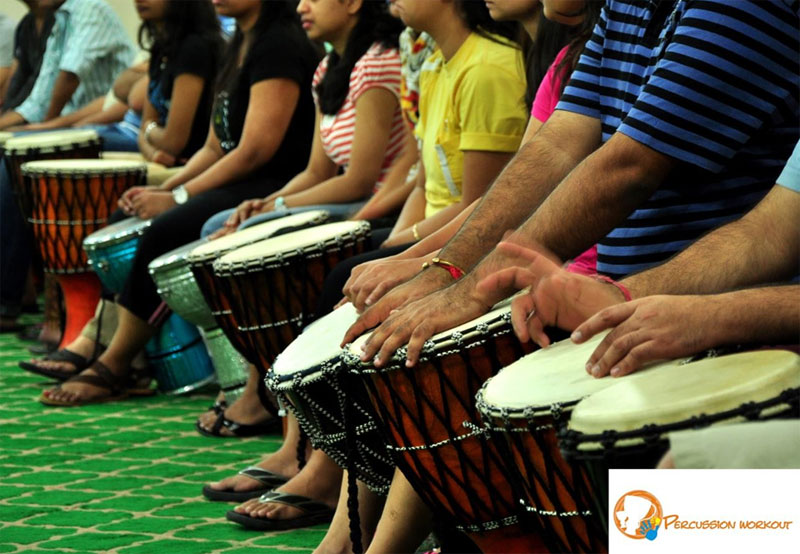
The retention levels from the learning derived from Percussion Workout would be longer as compared to cognitive interventions as the experience is derived out of community-based learning and is rhythmically inclined. Experiential learning to the core!
Please click here to see a sample video and know more about the Percussion Workout: https://www.syngrity.com/percussion-workout/
 Vikram Badhwar, CEO, Syngrity, is a communications coach, an experiential educator, and an artist trying to bridge the gap between the creative and the analytical side of our brain. He consults individuals and teams in the space of learning & development to enable transformations at a personal, professional and organizational level.
Vikram Badhwar, CEO, Syngrity, is a communications coach, an experiential educator, and an artist trying to bridge the gap between the creative and the analytical side of our brain. He consults individuals and teams in the space of learning & development to enable transformations at a personal, professional and organizational level.







 MALATI VASUDEVA
MALATI VASUDEVA VIKRAM BADHWAR
VIKRAM BADHWAR PRIYANKA KUMAR
PRIYANKA KUMAR SUMAL VARGHESE
SUMAL VARGHESE






